FICCI Frames '14: From Television to television 3.1
FICCI Frames is an annual conference, where reforms, regulatory mechanisms and implementation of policies related to the media and entertainment world are discussed. FICCI FRAMES 2014 this year is being held from March 12 -14, 2014 at Hotel Renaissance Mumbai Convention Centre and it marks the 15th chapter of the convention a platform for the exchange of ideas and knowledge between individuals, countries, conglomerates. The inaugural lamp was lit by actress Sonam Kapoor in the presence of film maker Ramesh Sippy and Uday Shankar, Chairman, FICCI Media and Entertainment Committee and CEO, Star India.
Other dignitaries present on the stage included Harshvardhan Neotia (FICCI vice president), Shankar Bimal Julka (secretary, Ministry of Information and Broadcasting), and Patrick Suckling (Australian High Commissioner to India). Nearly 2000 Indian delegates and 600 foreign delegates from the world’s media & entertainment industry are expected to participate at the convention. FRAMES 2014 covers the entire gamut of media & entertainment like Films, Broadcast (TV & Radio), Digital Entertainment, Animation, Gaming, Visual Effects, etc. over a period of three days.
The theme of FRAMES 2014 is “Media and Entertainment: Transforming Lives” with the aim being highlighting the role of media and entertainment as a vehicle for social change. Growth in the media and entertainment industry in 2013 was the topic discussed by delegates on the first day of the conference.
In his opening remarks, Uday Shankar, chief executive officer of STAR India and chairman, FICCI Media & Entertainment spoke about the need for a reconnection between the media and government to ‘mend the broken relationship’. On the positive side he also said that despite the gloomy environment, the media and entertainment industry registered an impressive and commendable growth of 12 per cent last year.
Well, the first day at FICCI saw quite an interesting participation of the who’s who of the media and entertainment industry. One of the sessions Television 3.1 discussed about the future and acceptance of the content on television with regards to growth and acceptance of ‘2nd screens’. This futuristic session with thought leaders in TV looked at the future of the broadcast industry, in terms of content, marketing and distribution strategies in the era of convergence and multi-platform delivery mechanisms which will also have to be sharp, edgy and yet consumer-oriented, backed by thought and a clear management vision.
The panel on Television 3.1 era included Todd Miller, CEO, Celestial Tiger Entertainment; Tarun Katial, CEO, Reliance Broadcast; Vikram Chandra, CEO, NDTV Group; Mathieu Bejot, Executive Director, TV France International; Bharat Kumar Ranga, Chief Content and Creative Officer, ZEE Entertainment; Ashok Mansukhani, President, MSO Alliance and was moderated by Janine Stein, Editorial Director, Content Asia.
Being the 15th edition of FICCI Frames the session opened with some of the panelists sharing their views and observations about the years gone by. Ashok Mansukhani said, “FICCI always brings together the separated family where we all meet every year and learn, teach, grasp and spread the industry knowledge with our peers.”
In terms of digitization Mansukhani felt that digitization has spread all over the globe quite literally. A lot of cable operators have accepted that and have understood the growing demand of digitized content. He says, “We have been taking baby steps towards digitization and it’s quite visible that it’s going to go a long way.”
It is a well known fact that the television industry has moved on from being a one screen concept. Smart phone devices have given rise to multi-screen content viewing. If we look around, it is evident that we have certainly moved on from consuming content from just television to other screens such as laptops, smart-phones or ipads and that is exactly what the panelists here in this session highlighted upon. Mansukhani said, “Yes today people have gone miles beyond just one screen. Because of time and availability; people have started observing and grasping content as per their own needs, whims and wishes.” He also added that the time has come when the needs of the young generation have to be addressed in terms of their technological and content needs and their rights to access content in ways suitable to them.
Supporting Mansukhani, Vikram Chandra said, “Yes, television has changed. Content has moved from just being one screen to several devices now. The trend of the 2nd screen growing is visible. Additionally two aspects have seen a marked growth with this trend. A lot of broadband owners have seen an increase in terms of acceptance and reach and secondly because of the fact that people want to consume content on devices internet penetration too has increased. With our NDTV app we have witnessed the shift quite literally. We see a lot of consumers engaging themselves with us on our 2nd screen section in our app.”
Making his point quite clear and expressing his views about the future of the 2nd screen, Chandra added, “The 2nd screen will surely grow and has a great future ahead.” Also Chandra felt that various broadcasters need to also understand the trend of TV to TV 3.1. Chandra said, “Apart from producing content for and on devices the broadcasters need to engage their users on the 2nd screen. And utilize the technological shift that our consumers are going through.”
Todd Miller, expressing his views on the growth of multi-screen in India said, “Looking at the changing trends, India will surely see a great future in terms of 2nd screen and the phenomenon will grow year on year.” He also opined that multi-screen content viewing has still a long way to go in India and television viewing would remain the primary medium.
Bharat Ranga sharing his opinion said, “Of course the shift is quite visible and also with this shift what will surely need an attention is the value of talent (off-screen). It takes a lot of effort to set a stage for the consumers to engage them on the 2nd screen.”
According to him the need of the hour is not to remain an India-based multi-national company, but to become a meta-national company. Every market in India, whether it is Tamil Nadu or Karnataka, has to be looked at individually and worked upon. He also stressed upon the need for a better understanding between the network and the consumer which is all important.
Talks about the 2nd screen have been in the air from quite some time now but it was the initial months of 2013 that saw the 2nd screen phenomenon growing. With entry of new apps there was a lot more buzz about it. Janine Stein at this point raised a pertinent question enquiring that given the growth of the 2nd screen what kind of monetization would be associated with the market? Answering her Chandra said, “Well that is and will be a challenge for sure for all marketers, broadcasters and advertisers. And it will still take some time to get settled and function in full form.”
On the monetizing front Todd Miller said, “Yes of course it is a challenge in India but to be very honest it is quite amazing to see the rate and pace of the technological shift that the country is going through. India, I believe is one of the fastest accepting country in the world when it comes to technology. The needs and demands of the people here are growing at a really fast pace and it is really interesting to cater to that need and demand.”
Expressing his views about the international content Mathieu Bejot said, “Well, international markets too have been learning a lot new things at every stage of the technological shift and advancements. Distribution is also becoming more complex every year.”
On the monetizing front Mansukhani stated, “Actually everybody seeks and needs their own share in terms of money whether it’s a marketer or a broadcaster but at the same time we also need to understand the need and demand of our consumers in terms of having content of his or her own choice. All the broadcasters need to have a right of being available on all the possible mediums so that consumers can consume our content on medium of their own choice (Ipad, laptop, smart phone etc.).
With his closing remark, Tarun Katial said, “I strongly believe that content and talent is what plays an important role in terms of getting preferred ROI. Undoubtedly, technology will be a game changer every time for all of us. Also demand of desired content is everywhere whether in India or outside India hence it is important for the broadcasters to use and produce content quite effectively and efficiently. I feel controlling IP (integrated property) is more important and it can only happen when the content is used effectively.”



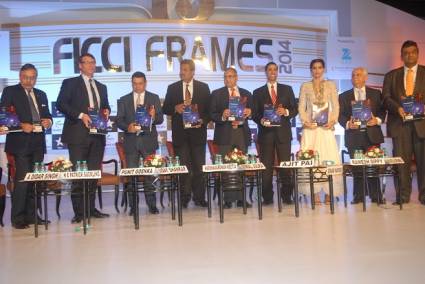

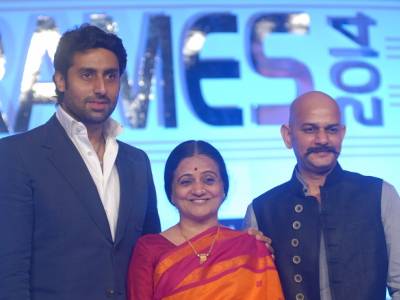

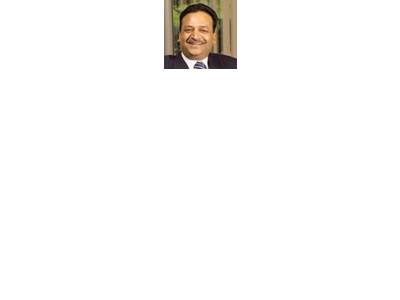
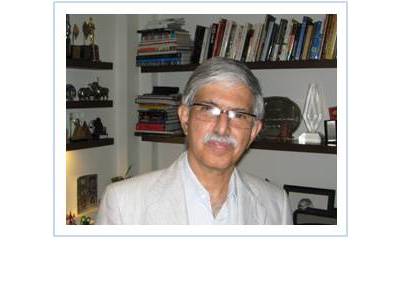
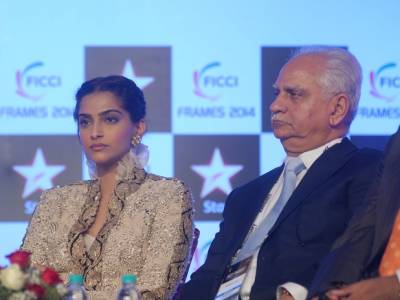
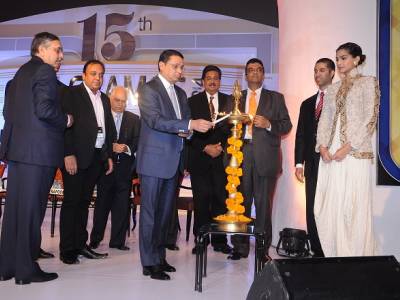


Share
Facebook
YouTube
Tweet
Twitter
LinkedIn